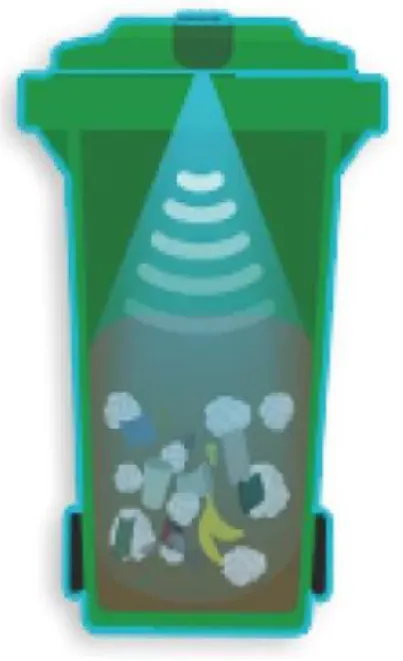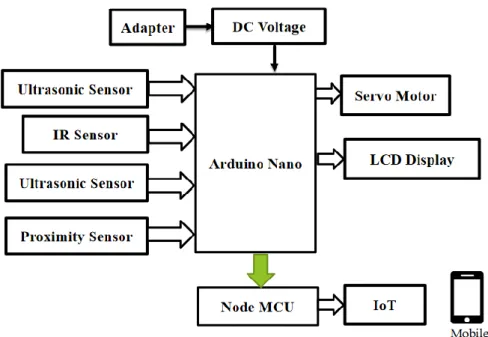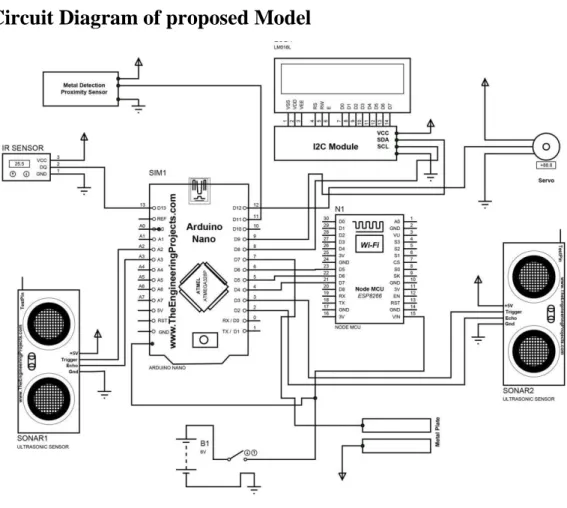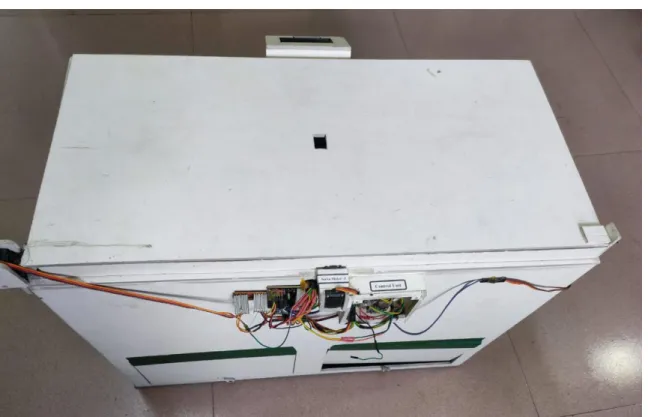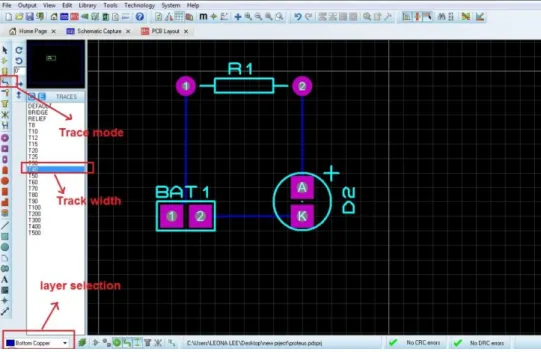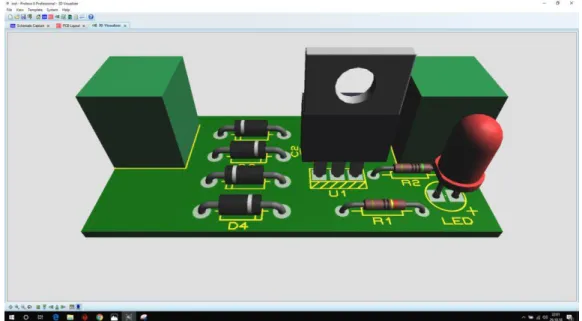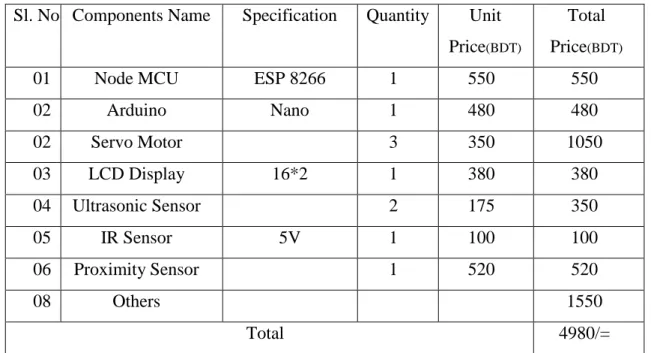A smart bin is used to throw the waste, and to measure the level of the bin. In this project, ultrasonic sensor is used to measure the distance and level of the trash and the Node MCU is used to upload the code and connect with Wi-Fi. Then from [5] the application of IoT-based smart bins placed in the corner of the street, infrared sensors are used to detect objects, sound alarms and report.
However, the effectiveness of the proposed system has not been reported, whether it can solve the waste problem in the environment that has been studied.
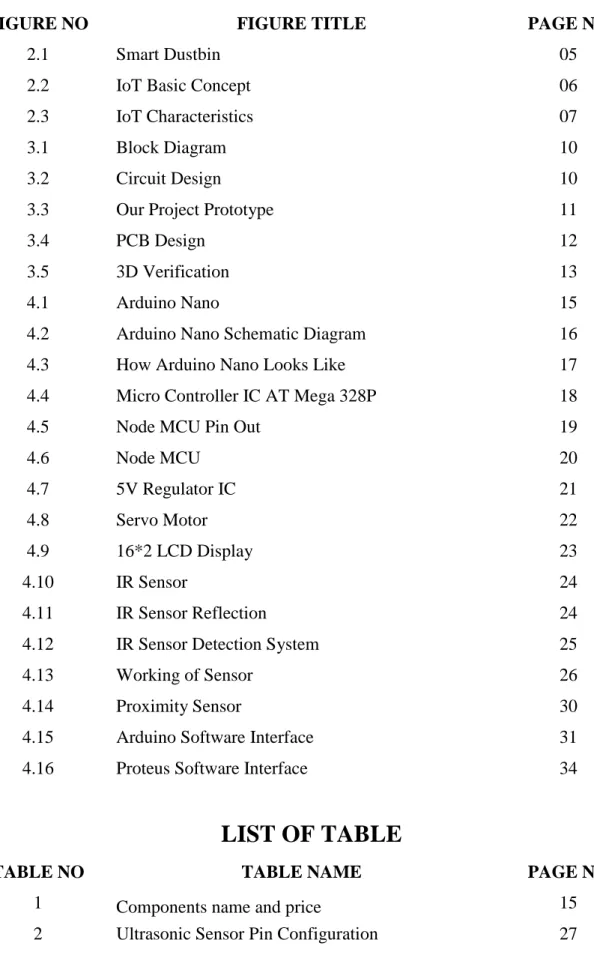
Smart Dustbin
Internet of Things (IoT) Basic Concept
Here, the term "Things" means physical devices such as chips, cameras, sensors and other similar devices. These physical devices are responsible for communication, information gathering and data exchange by connecting to a network. The built-in technology of these physical devices allows information to be exchanged with each other.
The growing closeness of the Internet of Things in the individual's life has made the development and progress in the savvy home area, enabling clients to connect their gadgets through the Internet to their phones and tablets and achieve better than ever benefits for family units.
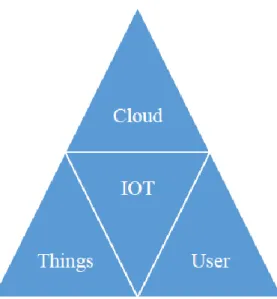
IoT Characteristics
Conclusion
Introduction
Methodology
Block Diagram of our proposed model
Circuit Diagram of proposed Model
Working Principle
Real View of Project Automatic waste segregation system
PCB Design
3.8 3D Verification
Conclusion
Waste separation operation, work procedure and its implementation is the most effective method of waste collection that we want to try to use in real life.
HARDWARE AND SOFTWARE DESCRIPTION
Introduction
Equipment List
Software
Components Specification, Quantity and Cost
Arduino Nano
The Nano has breadboard and minivan boarding capability with a smaller footprint than either, so users have more board space. It has a layout that works well with the Mini or Basic Stamp (TX, RX, ATN and GND on one end, power and ground on the other). One of the best features of Arduino Nano is that it is easy to use, compact and also small.
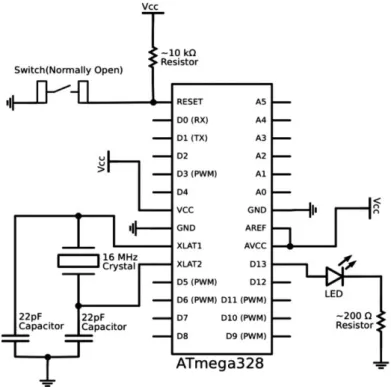
Specifications
Features
Node MCU
Node MCU is open source firmware for which open source prototype board designs are available. The term "Node MCU" strictly refers to the firmware and not the associated development kits. The firmware is based on the eLua project and built on the Espressif Non-OS SDK for ESP8266.
Due to resource limitations, users must select the appropriate modules for their project and build a firmware tailored to their needs. The design was originally based on the ESP-12 module of the ESP8266, which is an embedded Wi-Fi SoC with a Tensilica Xtensa LX106 core, widely used in IoT applications. The ESP8266 is an embedded Wi-Fi SoC with a Tensilica Xtensa LX106 core, widely used in IoT applications (see related projects).
Two months later, the project expanded to include an open hardware platform when developer Huang R committed the gerber file on an ESP8266 board, called devkit v0.9. Later that month, Tuan PM ported the MQTT client library from Contac to the ESP8266 SoC platform and committed to the Node MCU project, after which the Node MCU was able to support the MQTT IoT protocol by using Lua to access the MQTT broker . Another important update was made on January 30, 2015, when Devsaurus ported u8glib to the Node MCU project, enabling the Node MCU to easily drive LCD, monitor, OLED, and even VGA displays.
In the summer of 2015, the creators abandoned the firmware project and it was taken over by a group of independent contributors.
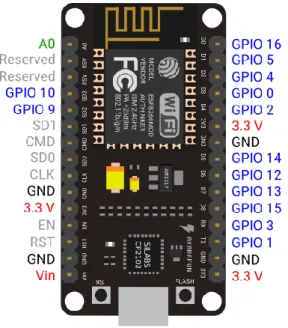
ESP8266 Arduino Core
4.6 5V Regulator IC
Servo Motor
The motor is linked to some sort of position encoder to provide position and speed feedback. The measured position of the output is compared to the command position, the external input to the controller. If the output position deviates from the requirement, an error signal is generated which then causes the motor to rotate in either direction, depending on what is required to position the output shaft.
The very simplest servo motors only use position sensing via a potentiometer and bang-bang control of their motor; the car always turns at full speed (or is stopped). This type of servo motor is not commonly used in industrial motion control, but it forms the basis of the simple and inexpensive servos used for radio-controlled models. More sophisticated servo motors use optical rotary encoders to measure the speed of the output shaft and a variable speed drive to control the motor speed.
LCD Display
A command is an instruction given to the LCD to perform a predefined task such as initializing it, clearing its screen, setting the cursor position, controlling the display, etc.
IR Sensor
The fan turns on and the light turns on when the IR sensor detects an object, and the fan and light turn off automatically when an object leaves the house.
Principles of operation
Ultrasonic Sensor
HC-SR04 Ultrasonic Sensor - Working
An ultrasonic sensor is an electronic device that measures the distance of a target object by emitting ultrasonic sound waves and converts the reflected sound into an electrical signal. Ultrasound waves travel faster than the speed of audible sound (i.e. the sound we humans hear). The ultrasonic transmitter emits an ultrasonic wave, this wave travels through the air and when it encounters any material, it bounces back towards the sensor. This reflected wave is detected by the ultrasound receiver module as shown in the figure below.
Now, to calculate the distance using the above formulas, we need to know the speed and time. Since we use the ultrasonic wave, we know the universal speed of the American wave in room conditions which is 330 m/s. The integrated circuit in the module will calculate the time taken for the US wave to return and turn the echo pin high for the same specified time, this way we can also know the time taken.
How to use the HC-SR04 Ultrasonic Sensor
Once the wave has returned after being reflected off an object, the Echo pin will go high for a period of time, which will be equal to the time it takes for the wave to return to the sensor. The amount of time the Echo pin remains high is measured by the MCU/MPU, as it provides information about the time it takes for the wave to return to the sensor.
Applications
Ultrasonic Sensor Pin Configuration
HC-SR04 Sensor Features
Proximity Sensor
Proximity sensors are suitable for humid conditions and use in a wide range of temperatures, unlike your traditional optical sensing. Proximity sensors are also applicable in phones be it your Andriod or IOS devices. Proximity sensors are used in telephones, recycling plants, self-driving cars, anti-aircraft systems and assembly lines.
Arduino Software
The Arduino software includes a serial monitor that allows simple textual data to be sent to and from the Arduino board. The RX and TX LEDs on the board flash when data is being sent through the USB-to-serial chip and USB connection to the computer (but not for serial communication on pins 0 and 1). The Arduino IDE uses the GNU toolchain and AVR Lab to compile programs, and upload the programs it uses.
Since the Arduino platform uses Atmel microcontrollers, Atmel's development environment, AVR Studio or the newer Atmel Studio, can also be used to develop software for Arduino.
Writing Sketches
Proteus Software
Proteus Design Suite is a proprietary software primarily used to automate electronic design. The first version of what is now the Proteus Design Suite was called PC-B and was written by company president John Jameson for DOS in 1988. Mixed-mode SPICE simulation was first integrated into Proteus in 1996, and microcontroller simulation followed to Proteus in 1998.
Shape-based auto steering was added in 2002 and 2006 saw another major product update with 3D Board Visualization. More recently, a dedicated simulation IDE was added in 2011 and MCAD import/export was included in 2015.
Remote XY
Remote XY mobile app that allows you to connect to the controller and control it via graphical interface.
Distinctive features
Supported connection methods
Supported boards
Supported communication modules
Supported mobile OS
Remote XY allows
- Conclusion
- Introduction
- Operations
- Advantages
- Applications
- Discussion
In this chapter we have discussed about our project hardware and software that we are using in our project. When the system is switched on, the ultrasonic sensor measures the dust level in the dust container. If gas is generated in it, it will detect the gas and send notification to mobile apps via IOT.
It can be widely used on the roadside to keep the city clean. As the thought comes to smart cities, there is a prerequisite for smart spending management. The idea of Smart Dustbin is for Keen buildings, colleges, healing centers and transport stands.
In this way, the Smart Dustbin is considered an improvement on the regular dustbin by taking it to the next level and using sensors. Garbage cans is an unused idea of implementation that makes a typical garbage can smart by using ultrasonic sensors for detecting the level of waste and sending a message to the customer to check the status of the waste can over the internet. The mobile apps screen is used to display the status of the waste level in the waste bin.
CONCLUSION AND FUTURE SCOPE
Conclusion
Future Scope
Chaware, Shriram Dighe, Akshay Joshi, Namrata Bajare, Rohini Korke proposed "Smart Waste Monitoring System Using Internet of Things (IOT). Waste Management Using Internet of Things for Smart Cities" in International Journal of Current Trends in Engineering & Research vol.no 2, p 12] Alexey Medvedev, Petr Fedchenkov, ArkadyZaslavsky, Theodoros, Anagnostopoulos Sergey Khoruzhnikov, “Waste Management as an IoT Enabled Service in Smart Cities”, In Springer International Conference on Smart Spaces, p. 104-15.
13] Yusof, N.M., Jidin, A.Z., Rahim, M.I, (2017) “Smart Waste Monitoring System for Waste Management”, MATEC Web of Conferences Engineering Technology Conference, Vol. IOT Based Waste Monitoring for Smart City” in International Journal of Engineering and Computer Science. Jenifer Prathana, A.Shankar, (November 22-25, 2016) "IOT Based Smart Garbage Alarm System Using Arduino UNO", Published in Region 10 Conference (TENCON).
17] Pavithra, (8 October 2014) "Smart Garbage System an Application Using ZigBee" in IJISET - International Journal of Science, Engineering and Innovative Technology.
